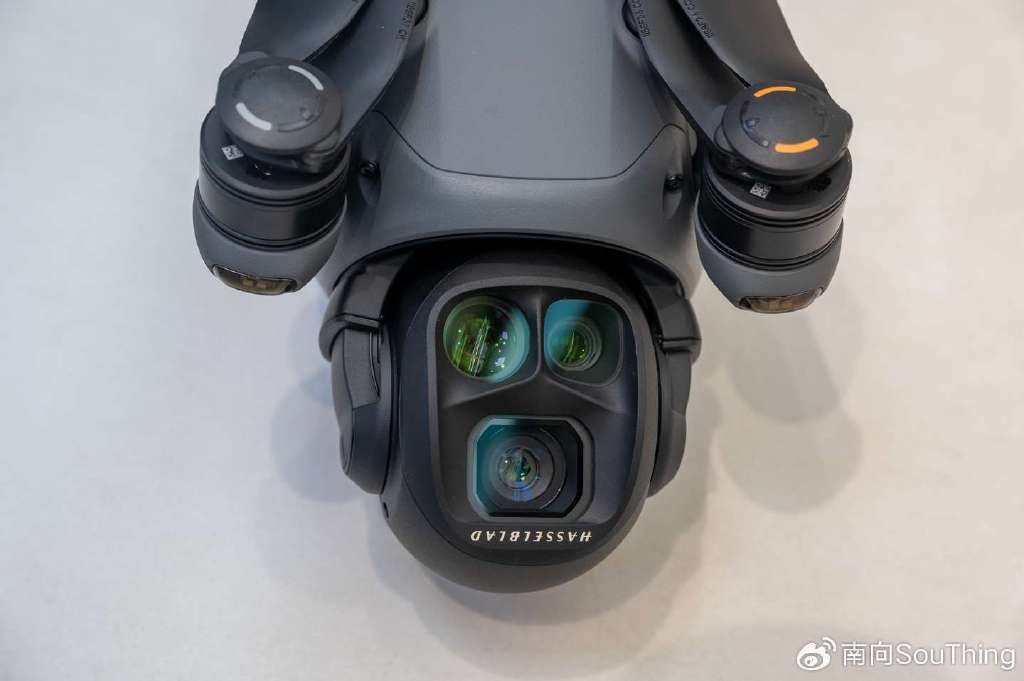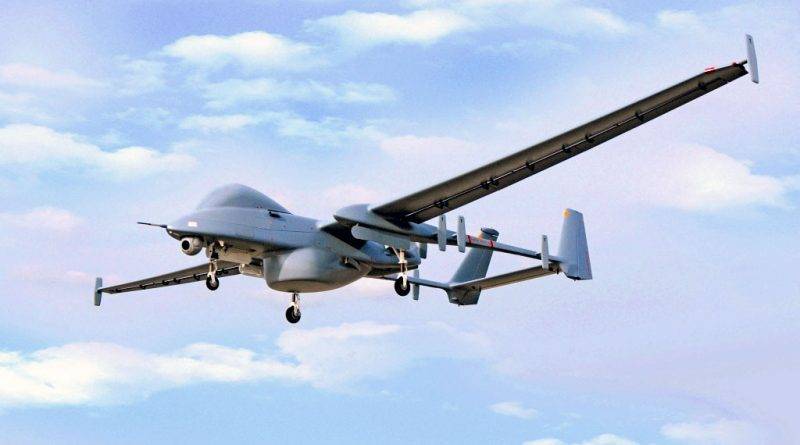As technology evolves, the US military consistently pushes the boundaries to advance drone innovations. US military drones play a pivotal role in modern warfare, providing reconnaissance, surveillance, and attack capabilities that significantly enhance operational effectiveness. The quest for superior unmanned aerial vehicles (UAVs) is at the forefront of defense advancements. These drones are not only tools of combat but also instruments of strategy and precision.
Understanding Military Drones
US military drones can be broadly categorized into several types: reconnaissance drones, which primarily gather intelligence; combat drones, designed for actual engagement; and support drones, which aim to assist human troops with logistics and information dissemination. The diverse landscape of these UAVs focuses on maximizing efficiency.
Reconnaissance and Surveillance
In advanced military strategies, reconnaissance drones are indispensable. Their primary function is to scan and map terrains, locate targets, and capture real-time information without exposing human operatives to danger. Utilizing high-resolution cameras and infrared sensors, these drones excel in stealth and precision.

Combat Drones
The ability to directly engage in combat is a remarkable innovation in drone technology. Combat drones can execute predefined strike missions autonomously, thanks to advancements in AI and automated systems. These drones can be armed or unarmed and are capable of delivering payloads over target zones accurately.

The Latest Technological Advancements
US military drones are at the cutting edge of technology, integrating AI, machine learning, and satellite communication systems. The latest models boast improved flight endurance, higher payload capacities, and enhanced stealth capabilities, ensuring invulnerability to radar detection.
Artificial Intelligence Integration
Artificial intelligence plays a crucial role in UAVs, enabling real-time decision-making and battle readiness. AI integration allows drones to auto-calibrate for the best flight path, target acquisition, and selection for rapid response, making them a formidable addition to military strategy.
Challenges and Ethical Considerations
The widespread deployment of military drones brings its own set of challenges, such as the need for robust cybersecurity measures to safeguard against hacking and unauthorized control. Ethical considerations revolve around the dangers of collateral damage and accountability.
Future Projections
The future of US military drones points towards smaller, more agile drones equipped with advanced sensory equipment capable of performing complex tasks. Innovations are pushing forward the use of swarming technologies, allowing multiple drones to operate in sync, enhancing their combat effectiveness.
FAQs
- What are UAVs commonly used for?
- UAVs are utilized for reconnaissance, combat missions, logistics, surveillance, and intelligence gathering, leveraging the advantages of technology for strategic advantage.
- How are drones changing modern warfare?
- By reducing risk to human life and providing rapid, precise, and strategic capabilities, drones are revolutionizing modern warfare dynamics.
- Are there ethical concerns with military drones?
- Yes, concerns often focus on collateral damage, accountability, and the need for regulations to ensure responsible usage amidst military operations.